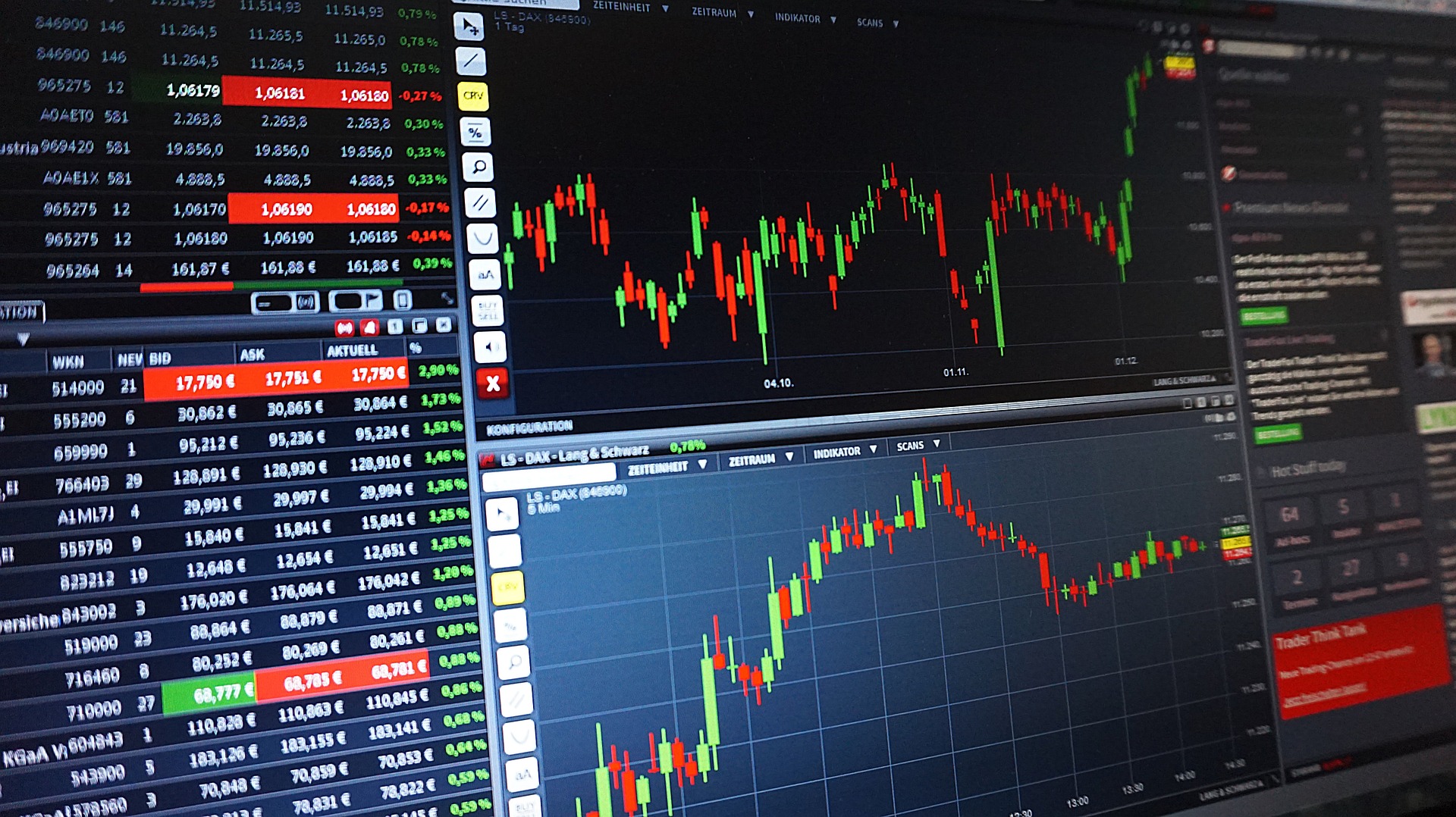News release
From:
Brain Activity Foreshadows Changes in Stock Prices
Activity in the brains’ risk circuits can forecast changes in stock prices
Forecasting changes in stock prices may be possible with the help of brain activity in regions associated with how people feel before making investment choices. Scientists could accurately forecast market price changes based on the average brain activity among a group but failed when using only prior stock trends or people’s investment choices, according to new research published in JNeurosci.
Scientists have used the average brain activity among a group to predict which videos will go viral and which crowdfunding campaigns will receive funding. In a new study, Stallen et al. investigated if this relationship extends to a more complex and dynamic arena: the stock market.
Participants examined real stock price trends from 2015 as they decided if they wanted to buy or sell the displayed stocks. During the task, the researchers used fMRI to measure activity in the nucleus accumbens and anterior insula, areas involved in seeking reward and avoiding risk, respectively. Using the group’s average brain activity in these regions, the researchers could forecast how a stock would behave. Increased nucleus accumbens activity forecast when a stock’s price would increase the next day, while increased anterior insula activity forecast when it would flip or change direction. Prior stock market trends and the participants’ own investing choices could not forecast stock price dynamics.



 International
International


